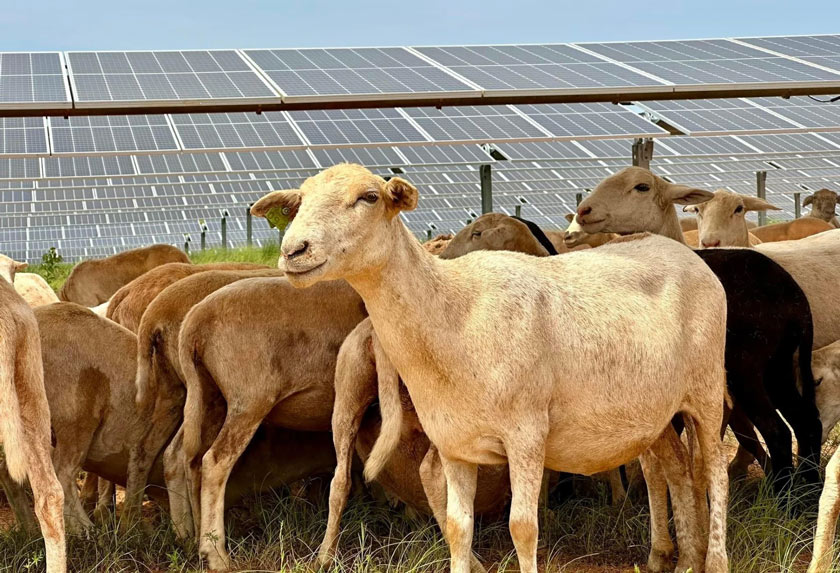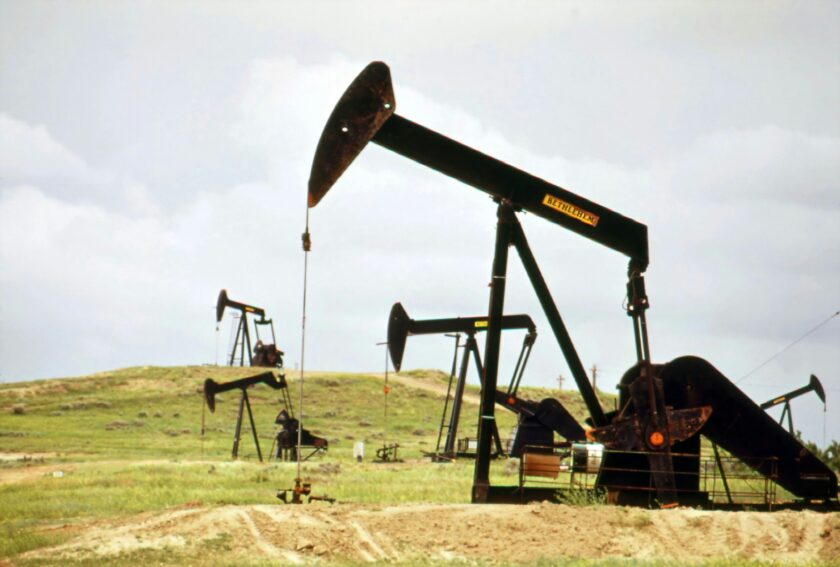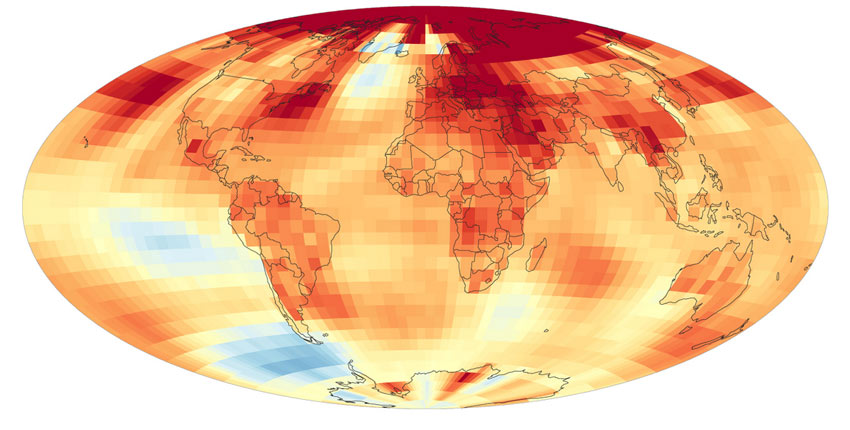
We are experiencing a moment in time when people are talking about climate change more than they have before. This is a rare and welcomed phenomenon. But if history tells us anything about the public’s attitude about climate change, it is that widespread meaningful interest in climate change is fleeting. There have been plenty of natural disasters in the last year or two, but the catastrophic effects of Hurricane Helene in the western parts of North Carolina and Virginia, and eastern Tennessee; then the Santa Ana winds and drought conditions leading to intense and widespread fires in southern California; followed by the plunging polar vortex that not only keeps areas that otherwise have mild temperatures well below freezing but more than eight inches of snow in New Orleans—have shaken the people who typically yawn (or deny it all together) when they hear about climate change concerns.
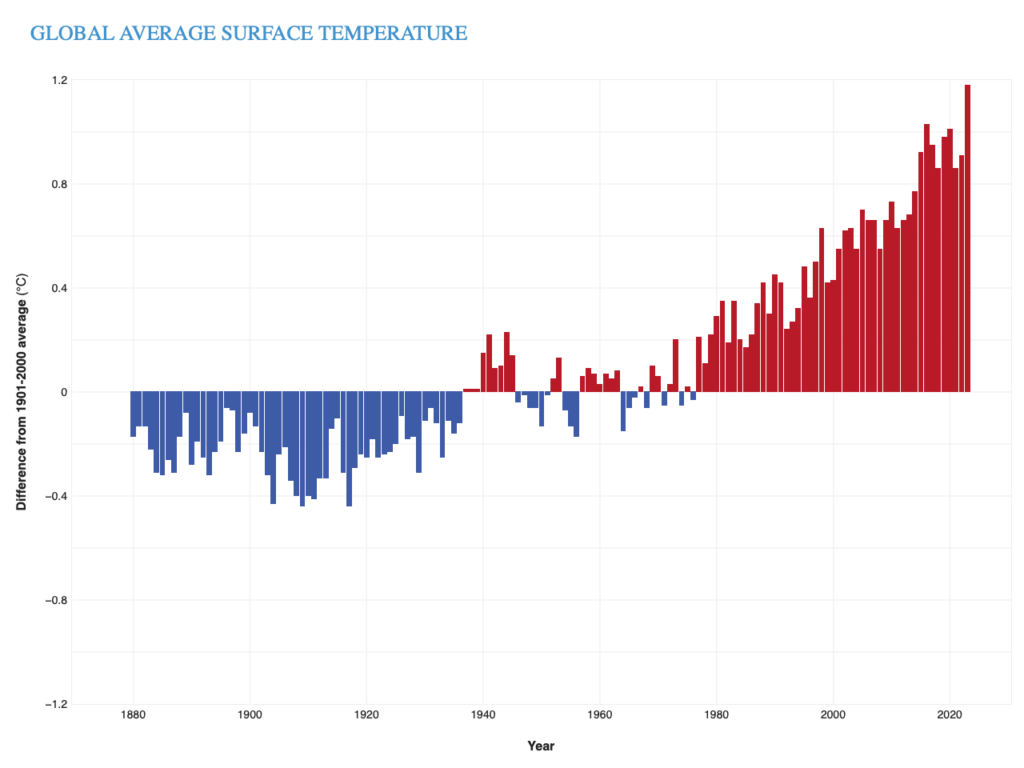
Now there are questions about how, and if, to rebuild in decimated areas and if we have the resources to help everyone that needs assistance. There are many practical, philosophical, and ethical questions that surface with these events. The most obvious issue is the tension between the right to stay on your property—property that may have been in a family for decades, even generations, and whether it is wise to rebuild in areas that are likely to suffer similar disasters in the near future. There are numerous other issues as well, both related to and some that are very different from the property rights issue. For example, it is likely that some areas will require rebuilding a certain way, if a property owner wants to continue to occupy the property. Utilizing stilts to raise structures as a protective measure from flooding; using fire resistant materials including metal and concrete in replacement construction projects; and planting in suitable proximity to buildings and even the types of things that are planted may be dictated. The increased cost of building with these more protective methods may price many out of opting to stay on their property. The inherent inequities with options to rebuild being heavily dependent on the ability to get insurance, to be adequately insured, or have private resources, to enable rebuilding. The inequities continue—some states or local governments may not restrict rebuilding at all and may not require preventative or protective steps be incorporated into a rebuild. More and more, coverage of these disasters includes interviews with stunned property owners who report they had just finished rebuilding from a previous event only to be the victims of another catastrophic weather-related disaster. Related, but different, concerns are with the drastically unusual weather experienced in regions that result in widespread suffering and even death. The 8-10 inches of snow (nearly triple the previous snow fall record) in Louisiana where there are few snowplows to combat the chaos that results from days of subfreezing temperatures that did not melt the snow. In the deep south a rare snow event that sticks would typically melt soon after. Or the 100 degrees-plus temperatures experienced for days on end in areas in the far north where most buildings do not have air conditioning systems—both extremes have resulted in dangerous conditions.
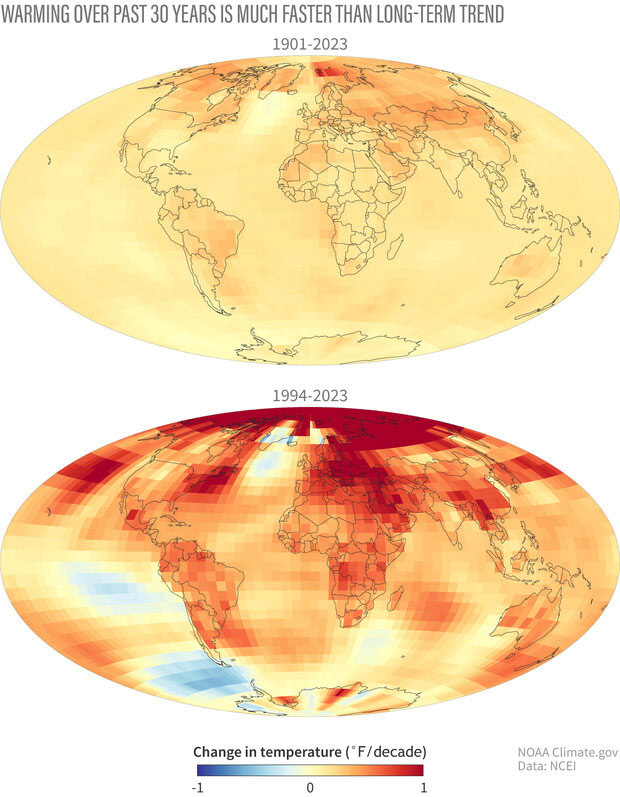
The warming of the planet, that in turn causes climate change, has been well known and understood by scientists and even the petroleum industry for nearly 75 years. By the 1980’s familiarity with the issue was much more commonplace. Yet, the discussion about global warming due to the burning of fossil fuels in past decades focused on what could happen in “the future”. That future is now! The effects of warming have created the climate change we have been warned about.
Categories
Featured posts
January 31, 2025
January 31, 2025

